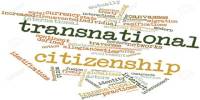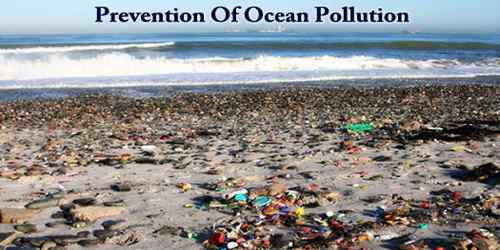More than 820 million people worldwide go hungry, and climate change and increased competition for land and water are raising concerns about the future balance of food demand and supply. The findings of a new IIASA-led study can be used to benchmark global food security projections and to inform policy analysis and public debate on food’s future.
Despite significant increases in the food supply since the 1960s, the question of how to eradicate global hunger – one of the Sustainable Development Goals – and feed the world’s growing population in the coming years remains a major challenge. Climate change and increased competition for land and water are exacerbating the problem, emphasizing the importance of effective policies to ensure global food security and a better understanding of the main causes of global hunger.
To assess long-term future global food security under a variety of socioeconomic and climate change scenarios, scientists typically use quantified global scenarios and projections. However, there is uncertainty about the range of food security projections and outcomes due to differences in model design and scenario assumptions. In order to address this uncertainty, IIASA guest researcher Michiel van Dijk and colleagues conducted a systematic literature review and meta-analysis to assess the range of future global food security projections through 2050.
Their research, which was published in the journal Nature Food, focused on two key food security indicators: future food demand, which is a key driver of the required increase in food production, and the associated impacts on land-use change, biodiversity, and climate change, as well as population at risk of hunger, which is an indicator of the number of people who face chronic food insecurity.
The results of a new study can be used to benchmark global food security projections and inform policy analysis and public debate on the future of food.
“The goal of our research was to determine the range of future global food demand and the population at risk of hunger projections through 2050. We examined 57 studies published between 2000 and 2018 to find an answer to this question. All projections were harmonized and mapped into five highly divergent but plausible socioeconomic futures, which included sustainable, business-as-usual, divided world, inequality, and conventional development scenarios “van Dijk elaborates.
The study’s findings provide strong support for the view that food demand will rise by 35 to 56 percent between 2010 and 2050, owing primarily to population growth, economic development, urbanization, and other factors. When climate change is factored in, the range shifts slightly, but there are no statistical differences. Although less dramatic than the need to double current production, as stated in many other studies, the increase in demand may still have negative environmental consequences and lead to biodiversity loss.
Increases in food production would need to be accompanied by policies and investments that promote sustainable intensification and incorporate ecological principles into agricultural systems and practices, while also reducing food loss and waste and encouraging a shift toward more plant-based diets, in order to avoid such consequences.

In the most pessimistic scenarios, the population at risk of hunger is expected to rise by 8% (or 30% when the impact of climate change is taken into account) between 2010 and 2050, implying that the Sustainable Development Goal of ending hunger and achieving food security will not be met. To avoid this, the researchers urge policymakers to work proactively to develop appropriate long-term measures, such as encouraging inclusive growth.
“Our study can fuel the public debate on the future of food by inviting every citizen to imagine and discuss a wider range of food future scenarios, rather than just a binary choice between business-as-usual and the universal adoption of organic agriculture or vegan diets. To think responsibility and creatively about the future, we need to envision multiple plausible scenarios and evaluate their consequences,” notes study co-author Yashar Saghai, a researcher at the University of Twente, Enschede, the Netherlands.
Although the researchers did not specifically look into the effects of the COVID-19 pandemic, it is possible that their range also includes the now more likely negative COVID-induced futures that are associated with an increase in the population at risk of hunger, rather than the pre-COVID business-as-usual decrease of around 50%.
“While it is too early to assess and comprehend the full impact and consequences of the coronavirus pandemic, current events bear some resemblance to the most negative archetype scenario in our analysis, which is characterized by slow economic growth, a focus on domestic security and national sovereignty, and rising inequality, implying a potentially significant increase in the occurrence of the virus.” Recent events have highlighted the need for (quantitative) scenario analysis and comparison as a tool to inform policy analysis, coordination, and planning for the future of food as well as broader societal issues,” concludes van Dijk.
















